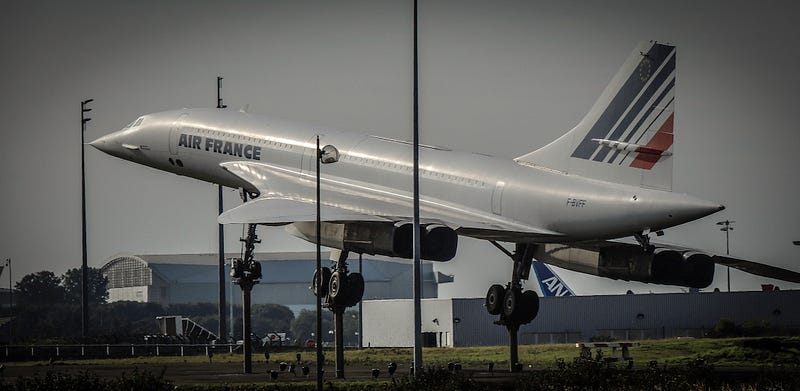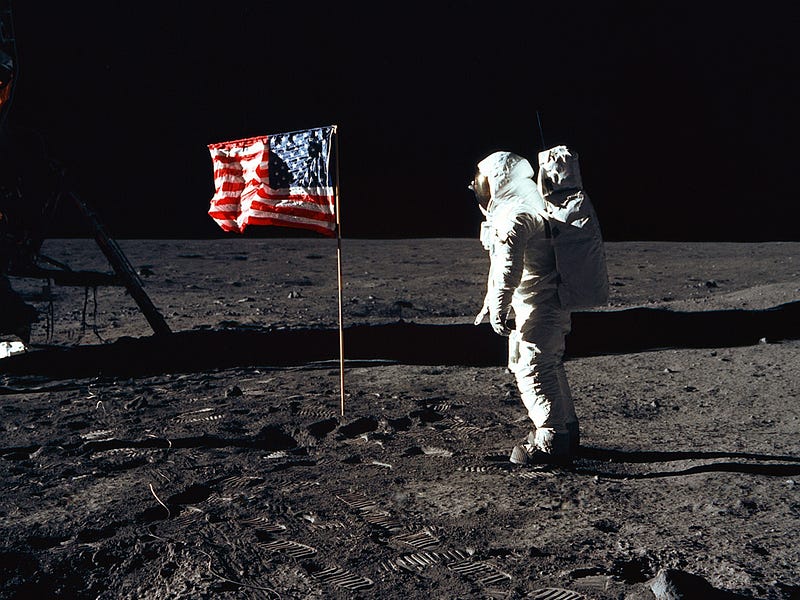The Concorde: A Revolutionary Aircraft That Was Ahead of Its Time
Written on
The Birth of the Concorde
The Concorde is a remarkable chapter in aviation history, now a relic of the skies. This pioneering passenger jet emerged from a collaboration between the British Aircraft Corporation (BAC) and Aerospatiale (formerly known as Sud Aviation). Its inaugural flight took place on March 2, 1969, in Toulouse, France, lasting around 27 minutes.
This aircraft was astonishingly capable, boasting a maximum cruising speed exceeding twice the speed of sound (1350 mph) and a passenger capacity for 100, along with a crew of three. It could cover a distance of 4,143 miles and was powered by four Rolls-Royce/SNECMA Olympus 593 engines, a joint effort by Rolls-Royce and Safran Aircraft Engines.
In relation to its French debut, the first British prototype took to the skies shortly thereafter, on April 9, 1969, departing from a testing runway in Bristol. This flight landed in Gloucestershire after just 22 minutes. Both flights recorded speeds slightly below 300 mph (480 kph), with the first successful supersonic flight occurring on October 1, 1969, when it reached Mach 1.5 (1,125 mph).
Mach speed refers to the aircraft traveling faster than sound. The operation of the Concorde also introduced the phenomenon known as the "Sonic Boom," a loud noise resulting from the shockwave produced when an aircraft exceeds the speed of sound. Under normal conditions at 68°F (20°C), this translates to approximately 768 mph / 667 knots / 1,125 ft per sec / 343 m per sec / 1,235 kpm.
See her Toulouse test flight below:

Photo by Philippe Collard on Unsplash
The inaugural commercial flights for the Concorde launched on January 21, 1976, with British Airways operating from London Heathrow to Bahrain and Air France flying from Paris to Rio on the same day. It's intriguing to note that humans had already landed on the Moon over six years prior, yet we hadn't mastered supersonic travel across our own planet!
Ironically, the design, construction, and test flights of the Concorde were completed mere months before the historic Apollo 11 Moon landing on July 20 of the same year.

Photo by NASA on Unsplash
The Financial Dilemma
The British Government expressed serious doubts about the Concorde's commercial potential. Documents released under the '30-year rule' indicated concerns that the project could become a financial disaster, potentially costing the UK more than £900 million. The aircraft's considerable fuel consumption further hindered its ability to compete in the more profitable Trans-Pacific market, primarily due to its limited fuel tank capacity.
Safety Issues and the End of an Era
Tragedy struck on July 25, 2000, when one of the Concorde jets crashed near Paris, resulting in the deaths of 113 individuals (109 passengers and four on the ground). After investing £17 million in safety upgrades, the aircraft returned to commercial service in November 2001. However, British Airways and Air France ultimately decided to retire the Concorde, mainly due to rising repair and maintenance costs, as well as declining passenger numbers. The last commercial flight took place on October 23, 2003.
The flawed design of the Concorde raised numerous questions. Despite being a brilliant concept, it was rushed into service without thorough investigation. Initial warnings from the UK Government regarding expenses and revelations from the crash investigation highlighted critical issues, such as hairline cracks on the aircraft's wings and discrepancies in the safe take-off weight.
The investigation also revealed that a crucial spacer had been left uninstalled, found later in an Air France maintenance facility.
Lessons from History
When comparing the Concorde's maintenance oversights to the faulty 'O'-ring that contributed to the Challenger disaster, we see a troubling pattern of human error—both incidents involved negligence in maintenance that led to catastrophic failures.
Thank you for taking the time to explore the legacy of the Concorde. I welcome your thoughts and comments. Feel free to connect with me on Twitter: @JonathanDTowne1.
Chapter 2: Videos on the Legacy of the Concorde
Below are two insightful videos discussing the history and technological advancements of science and aviation:
This video titled "History of Science and Technology Q&A (April 3, 2024)" explores significant milestones in aviation and technology, including the impact of the Concorde.
Another video titled "History of Science and Technology Q&A (November 8, 2023)" dives deeper into the challenges faced by revolutionary aircraft like the Concorde.